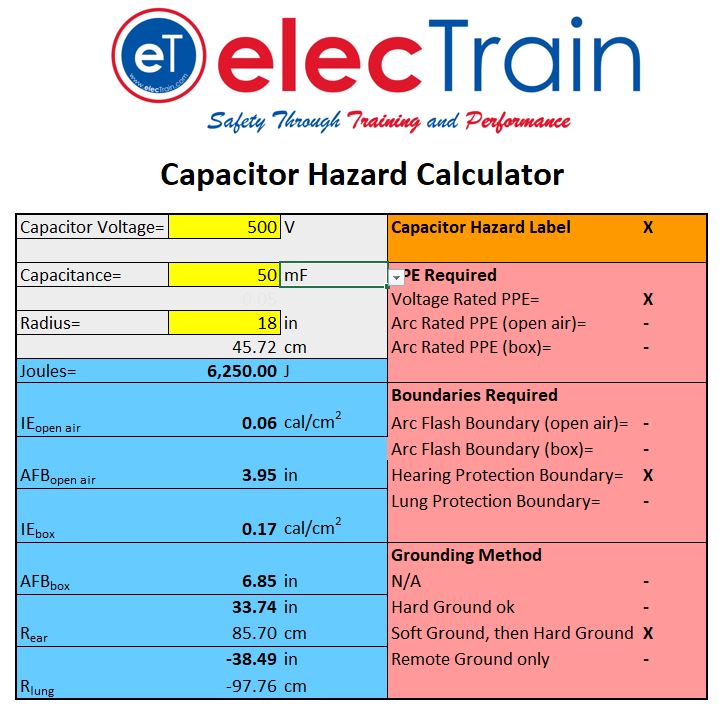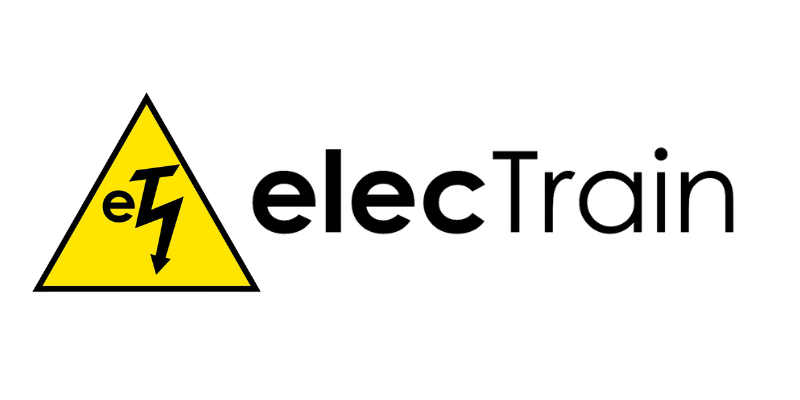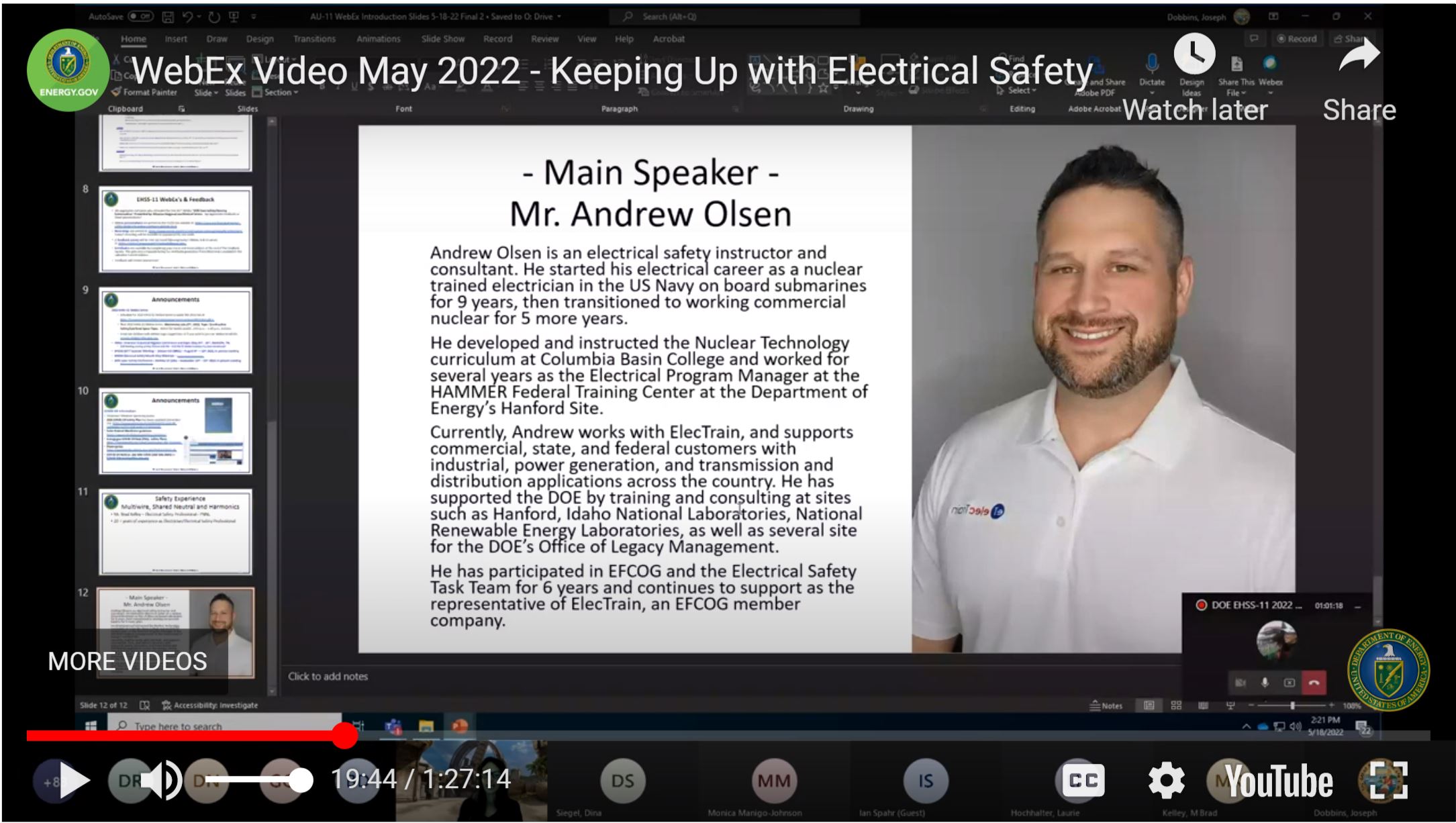Recently, Andrew presented is topic “Keeping Up with Electrical Safety” to the Department of Energy in the spirit of May be Electrical Safety Month. The presentation was a huge success and can be viewed in its entirety via recording on the DOE’s website by clicking here.
Andrew’s focus for this presentation was to make it applicable and useful to both Safety Professionals and to Electrical Subject Matter Experts. He did not want to just echo the same safety tips that are shared during these presentations, but instead wanted to provide tools and information that can be taken from the presentation and actually make a difference in the viewer’s workplaces. The presentation centered on two concepts.
The first concept discussed is assessing your current electrical safety program through electrical safety inspections. Conducting these inspections can satisfy certain requirements provided by NFPA 70E, but also add a tremendous amount of value in identifying your organizations safety strengths and weaknesses, as well as providing documentation of areas for improvement. His presentation provides many examples of items to consider and look for on these inspections as well as how to use the information collected to affect positive change!
The second concept is not new and is also required by NFPA 70E, which is using the latest editions of the applicable standards to upgrade and improve your organization’s Electrical Safety Program. Andrew provides the example of the significant changes and requirements introduced in the 2021 edition of NFPA 70E regarding capacitor hazards. He provides an overview of all the programmatic changes that would be required to include in an updated program. The amount of new information and calculations can seem overwhelming, so to help your organization combat those changes, he has provided a tool to help navigate all the complexity.

ElecTrain has compiled all the requirements and calculations into a single Capacitor Hazard Calculator that requires the user to only apply 3 pieces of information for each capacitor: 1) the capacitance 2) the voltage and 3) the working distance. With these items, the calculator automatically calculates the capacitor energy in joules, arc flash boundary, incident energy (open air and arc in a box), hearing protection boundary, lung protection boundary, PPE requirements, grounding methods needed, and capacitor hazard label requirements! Feel free to use this tool to greatly simplify your program and make navigating capacitor hazards much easier!




